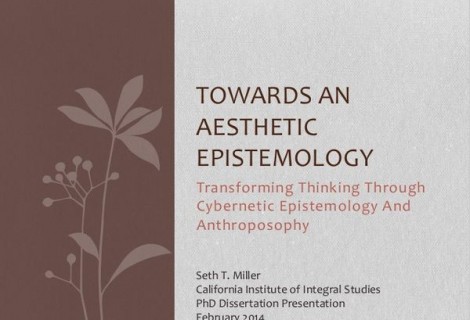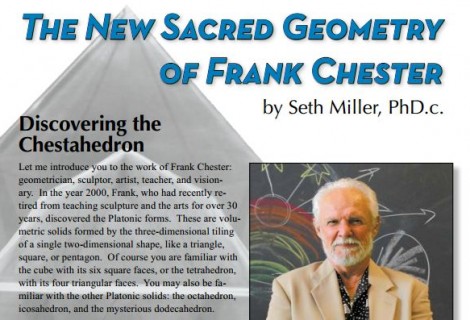An Esoteric Guide to Spencer Brown’s Laws of Form #6
« Previous Page | 1 2 3 4 5 6 | View All | Next Page »
LoF p. 93
- The validity of a proof thus rests not in our common motivation by a set of instructions, but in our common experience of a state of affairs. This experience usually includes the ability to reason which has been formalized in logic, but is not confined to it.
This is where the question of the logic of logic is raised, and to which the idea of an aesthetic epistemology (my PhD dissertation work) is addressed. The “common experience of a state of affairs” can be taken to refer to what Steiner called the “given” and what Eugene Gendlin calls a “preconceptual multiplicity” or “precognitive unity” of experience itself. GSB continues:
LoF p. 93
- It seems open to qu estion why we regard the proof of a theorem as amounting to the same degree of certainty as the demonstration of a consequence. It is not a question which, at first sight, admits of an easy answer. If an answer is possible, it would seem to lie in the concept of experience.
GSB is leading himself here to the edge of what Steiner began with in his epistemological work The Philosophy of Freedom. It also points to the modern work of Gendlin on the nature of experience. The point is that what GSB is driving at leads to one of these moments where we have to go “up” or “back” to a higher order: we have to cross. This crossing comes about by paying attention to the difference between the content of our thoughts and the way that those thoughts arise. This means that GSB is right, we need to pay more attention to experience, because it is here that we will find the place from which logic itself arises, and which becomes the recursive beginning of epistemology (and proof). We have already noted important features of this very process. GSB notes, using language that is not meant to be esoteric, but, which, if we have read Steiner, is quite apt from an esoteric standpoint:
LoF p. 94
- But since the procedures of the proof are not, themselves, yet codified in a calculus (although they may eventually become s o), our certainty at this stage must be deemed to be intuitive.
Quite so, but intuitive in a way not likely meant by GSB. In the Esalen conference, GSB is very specific about the nature of proof and how it differs from demonstration, as we saw back near the beginning. Now we can recognize something more about why there is such a difference: it has to do with the human being’s ability to transform consciousness, to move up and down the cosmic ladder to higher and lower orders. Computers only work laterally.





